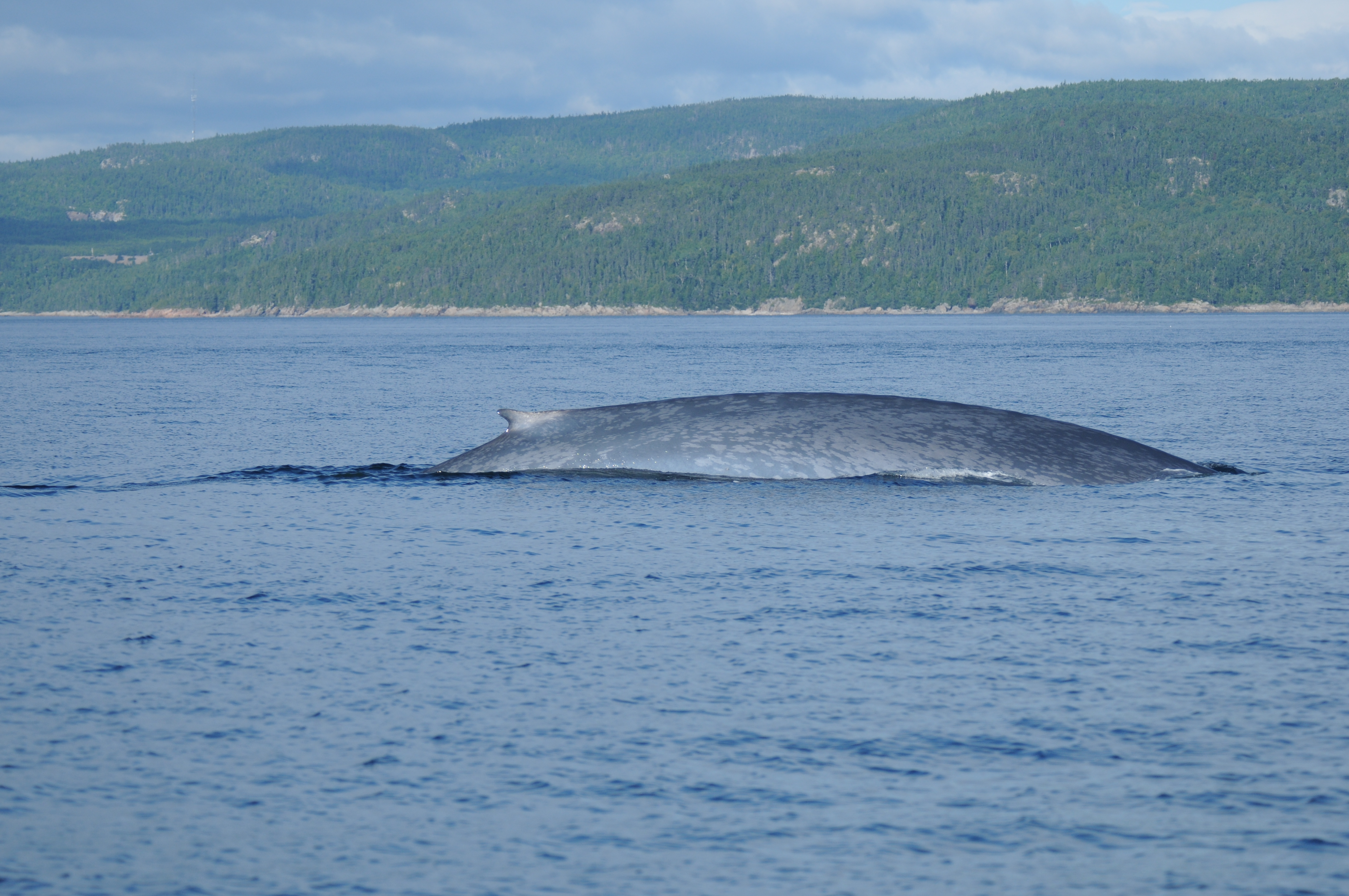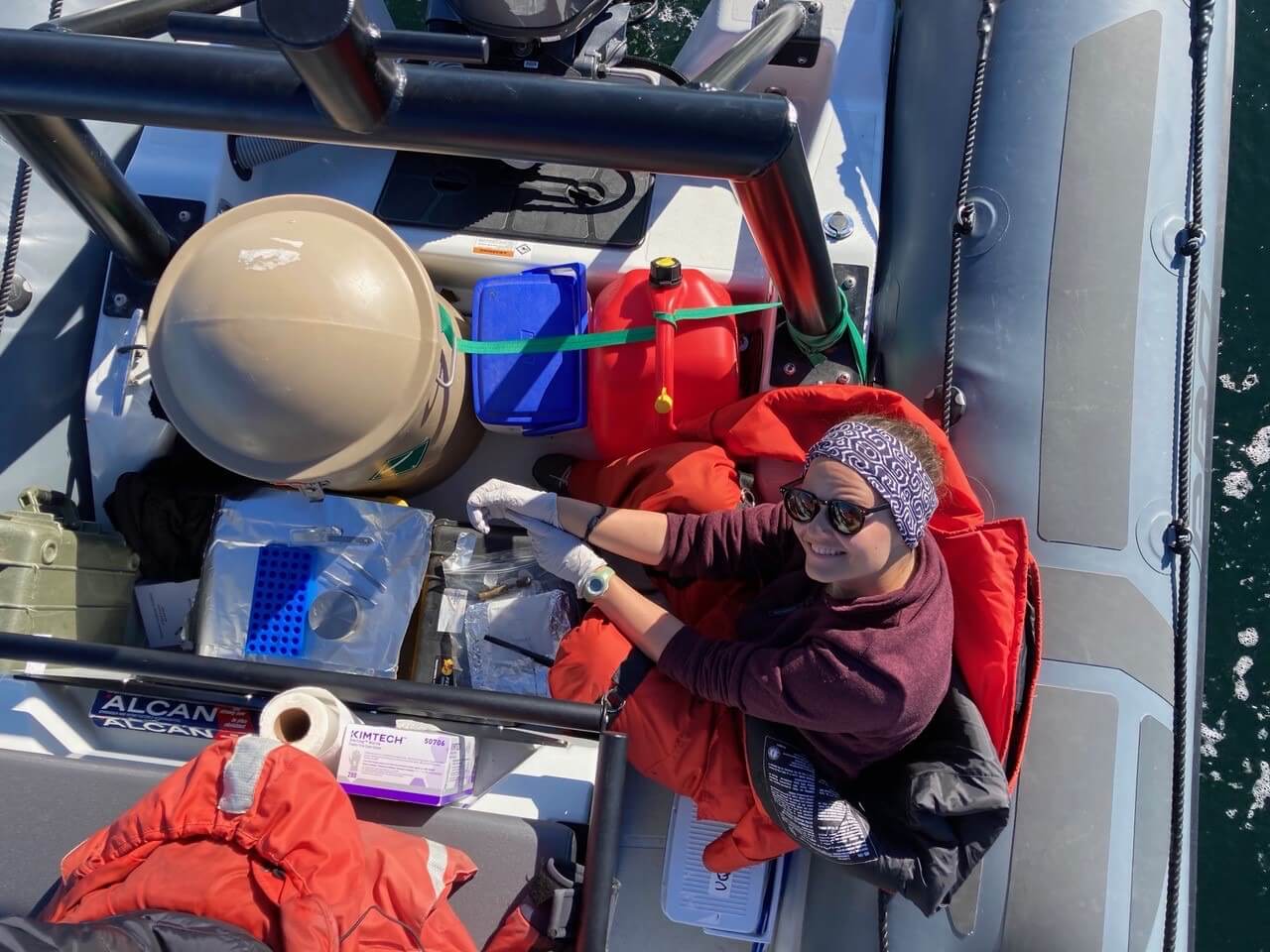Aerial surveillance over the past few weeks has not identified any North Atlantic right whales in dynamic speed limit corridors. Late in the day on August 2, the Transport Canada therefore announced that speed restrictions would be lifted. However, as soon as a right whale is seen again, the area where it is spotted will be off-limits again for no fewer than 15 days.
To reduce the risk of collisions between vessels and right whales – one of the main causes of mortality for this species – the Government of Canada has created a mandatory slowdown zone at the entrance to the Gulf. But after eight right whale carcasses were discovered in Canadian waters, Transport Canada expanded the area. The new measure, however, has had a potentially dangerous collateral effect, explains the Ministry in a statement: “Because the speed limit was the same throughout the Gulf area, vessels have been observed using more direct routes to transit through the Gulf instead of using the shipping lanes. This has resulted in more marine traffic coming closer to known whale locations.” To mitigate the risks, the government is cancelling the 10-knot speed limit in shipping corridors.
Ever since the speed limit zones came into effect on April 28, nearly all of the 1,500 transits completed were made in compliance with speed limits. Only three fines were issued to ships. In each of these cases, the fines ranged from $6,000 to $7,800, but could reach $25,000 depending on the severity of the infraction and number of offences committed by the same vessel.
Carcass in the Magdalen Islands
A North Atlantic right whale carcass washed ashore in the Magdalen Islands on July 31. Its advanced state of decomposition precludes an in-depth analyze. Fisheries and Oceans Canada believes this individual corresponds to the fourth carcass spotted adrift on June 24, which at the time was in an advance state of putrefaction and had not yet reached shore. This whale was identified as Eg3815, an 11-year-old female.
Whales still entangled
Despite tremendous efforts made by members of the Newfoundland-based Whale Release and Strandings group and the Campobello Whale Rescue Team, in collaboration with the Marine Animal Response Society and Fisheries and Oceans Canada, the three right whales identified as entangled could not be fully released from their ropes. Fisheries and Oceans Canada is continuing its aerial surveillance activities and teams remain on standby in the event that the whales are respotted.





